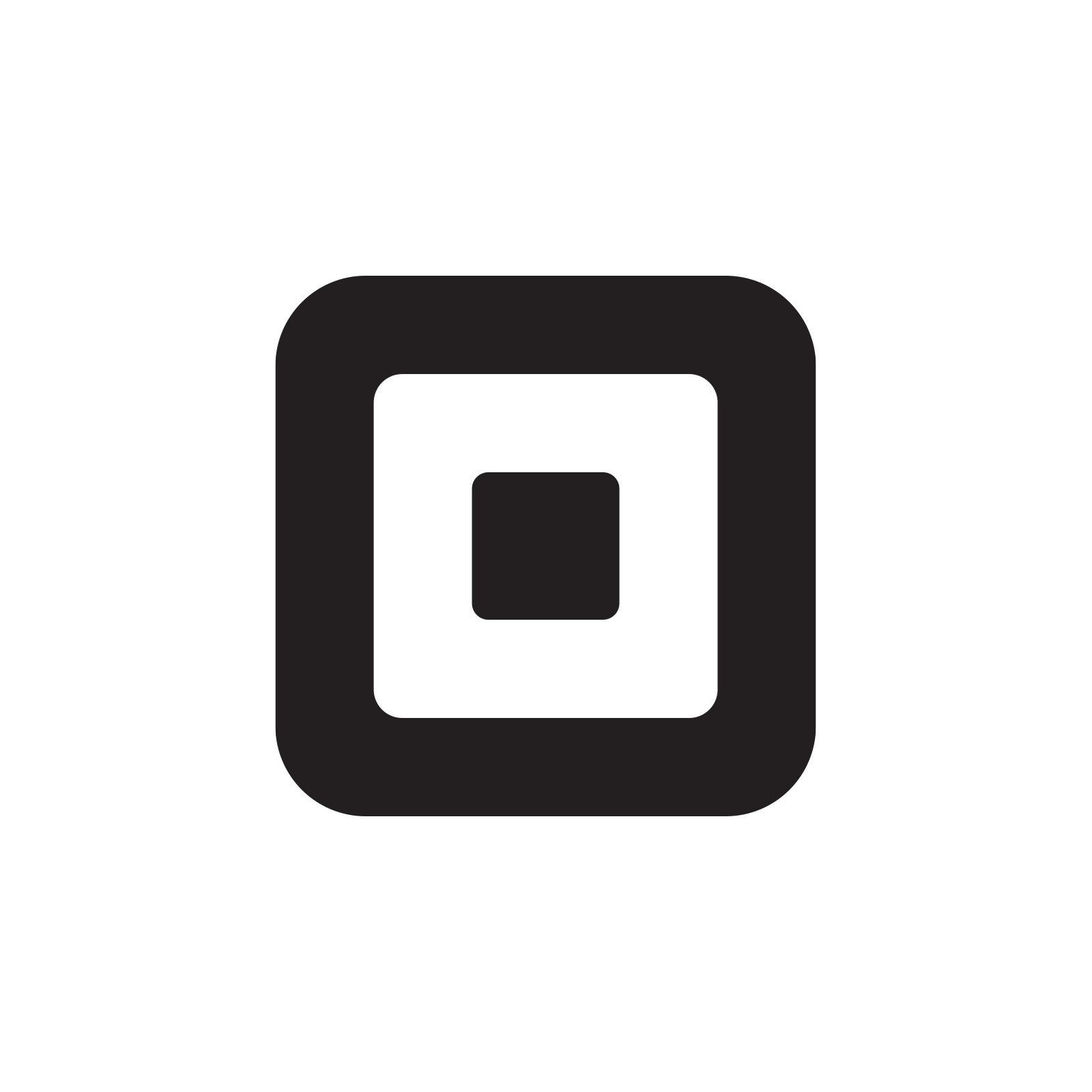How We Are Building A Side Hustle Facilitating Treks In The Himalayas
Hello! Who are you and what business did you start?
My name is Mark Johnson. In 2017, I launched Hobnail Trekking Co., an adventure travel company that specializes in treks to Mt. Everest Base Camp and other epic locales in the Himalayas, as perhaps the least qualified person on the planet to do so. By the end of 2019, we will have sent 23 Americans on this life-changing journey.
As a business, Hobnail is still a “side-hustle” and will probably require another 2-3 years to become self-sustaining, but that’s what we signed up for. If the company closed tomorrow, it would’ve been the adventure of a lifetime.

Download the report and join our email newsletter packed with business ideas and money-making opportunities, backed by real-life case studies.

Download the report and join our email newsletter packed with business ideas and money-making opportunities, backed by real-life case studies.

Download the report and join our email newsletter packed with business ideas and money-making opportunities, backed by real-life case studies.

Download the report and join our email newsletter packed with business ideas and money-making opportunities, backed by real-life case studies.

Download the report and join our email newsletter packed with business ideas and money-making opportunities, backed by real-life case studies.

Download the report and join our email newsletter packed with business ideas and money-making opportunities, backed by real-life case studies.

Download the report and join our email newsletter packed with business ideas and money-making opportunities, backed by real-life case studies.

Download the report and join our email newsletter packed with business ideas and money-making opportunities, backed by real-life case studies.


















